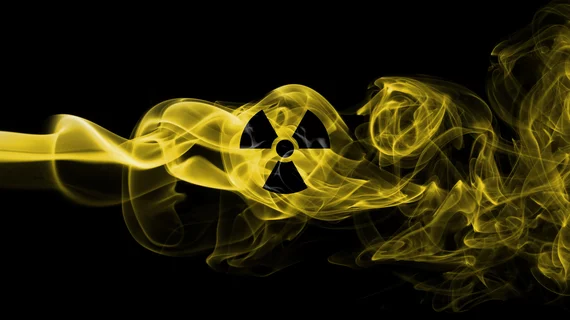Australian reactor produces new radioisotope with potential to enhance molecular imaging
The Australian Nuclear Science and Technology Organization (ANSTO) announced recently that it has produced a new radioisotope that can be used as both a diagnostic imaging agent and therapeutic drug.
ANSTO’s biosciences radioisotope development team created the beta-emitting radioisotope called scandium-47 in its Open Pool Australian Lightwater reactor. It’s similar to lutetium-177, which is already being tested in clinical trials, but has the potential to improve various molecular imaging approaches.
“The decay emissions of scandium-47 are amenable to both targeted cancer therapy and higher quality SPECT imaging than can be achieved using lutetium-177,” Paul Pellegrini, MD, said in a statement from ANSTO. “In addition the PET imaging radioisotopes scandium-43 and scandium-44 can be produced using a cyclotron.”
Traditionally, the radioisotopes gallium-68 and lutetium-177 are used in diagnostic and therapeutic approaches, respectively—a two-pronged technique known as theranostics. These are both chemically similar to scandium-47, but Pellegrini noted that they are not guaranteed to behave the same, once inside the body. That’s where the newly produced scandium-47 comes in.
“Using scandium-based radiopharmaceuticals for both diagnosis and therapy achieves this goal; whether you are talking about scandium-44 for PET imaging or scandium-47 for therapy, the agents are chemically identical,” said Leena Hogan, a radiochemist at ANSTO. “This permits clinicians to better estimate a patient’s dose and allows them to safely maximize the administration of the radiotherapeutic agent.”
The researchers are now moving on to scale production of the new radioisotope and establish methods for other theranostic agents.

